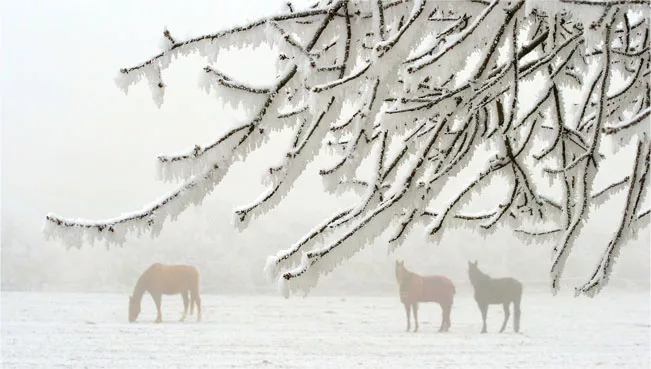American Farriers Journal
American Farriers Journal is the “hands-on” magazine for professional farriers, equine veterinarians and horse care product and service buyers.

Here it comes again, folks: Old Man Winter has targeted North America and he’s showing no mercy.
Depending on where on the continent you reside, of course, that may mean anything from donning a long-sleeved shirt for a couple of months, to pulling out the good-to-minus-40-degrees snowmobile boots and the electric socks.
The horses you trim and shoe are bracing for winter, too, though on the whole they’re far better equipped than we are to deal with the temperature drop. After all, they evolved on the windswept Eurasian steppes, not in the desert, and they’ve retained a remarkable cold-tolerance over the millennia, which far exceeds their ability to handle the extremes of heat.
It’s important, therefore, not to try to evaluate a horse’s comfort level in winter based on your own personal comfort level (or any lack thereof).
Left to their own devices, most equines will successfully acclimate to chilly weather, growing winter coats, which are amazingly efficient at helping them retain heat and shut out the damp. The density of this haircoat, and the direction in which the hair grows, provide a weather shield so complete that horses can stand in the middle of a storm until ice forms on their backs, without the skin ever becoming chilled.
However, most horses living under cold weather conditions will have reduced hoof growth during the winter months.
A horse’s winter coat has a “pile,” which traps an insulating layer of air next to the skin; it is also naturally…